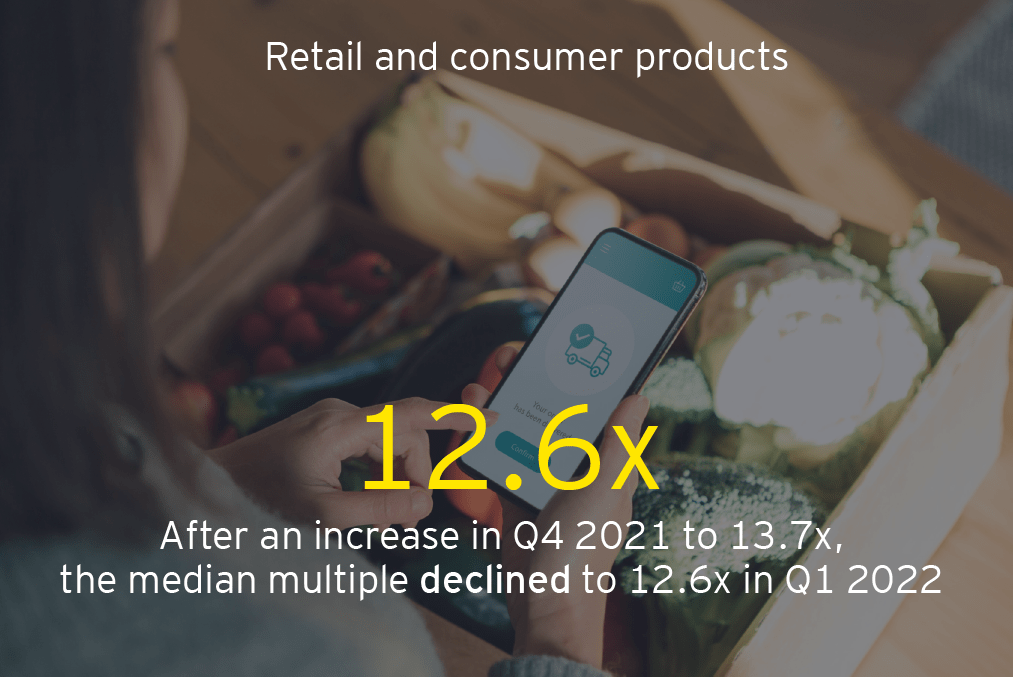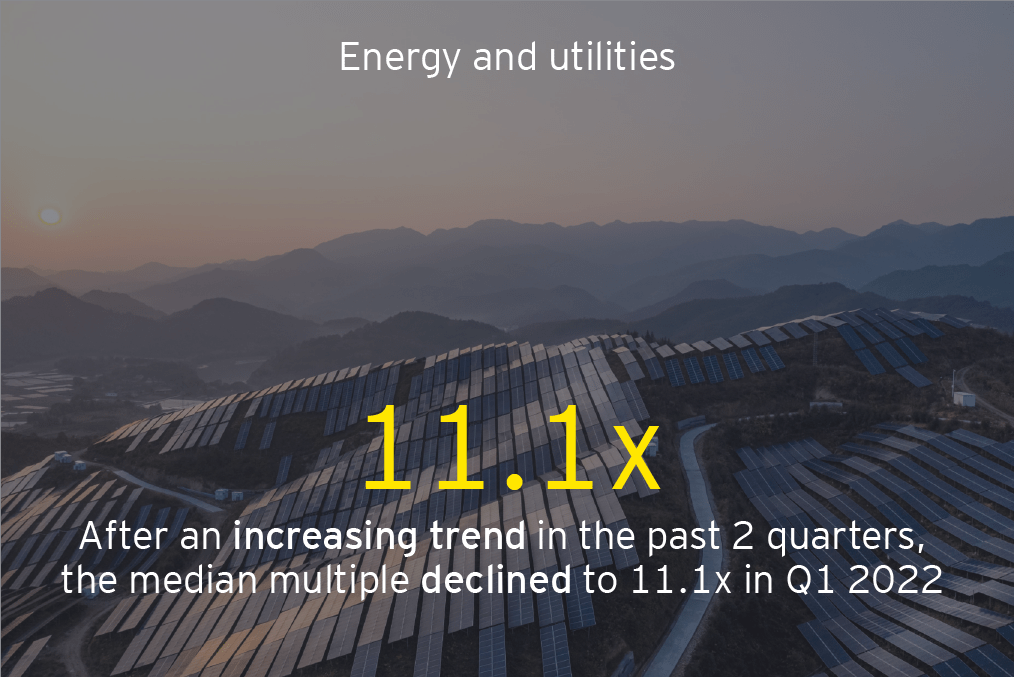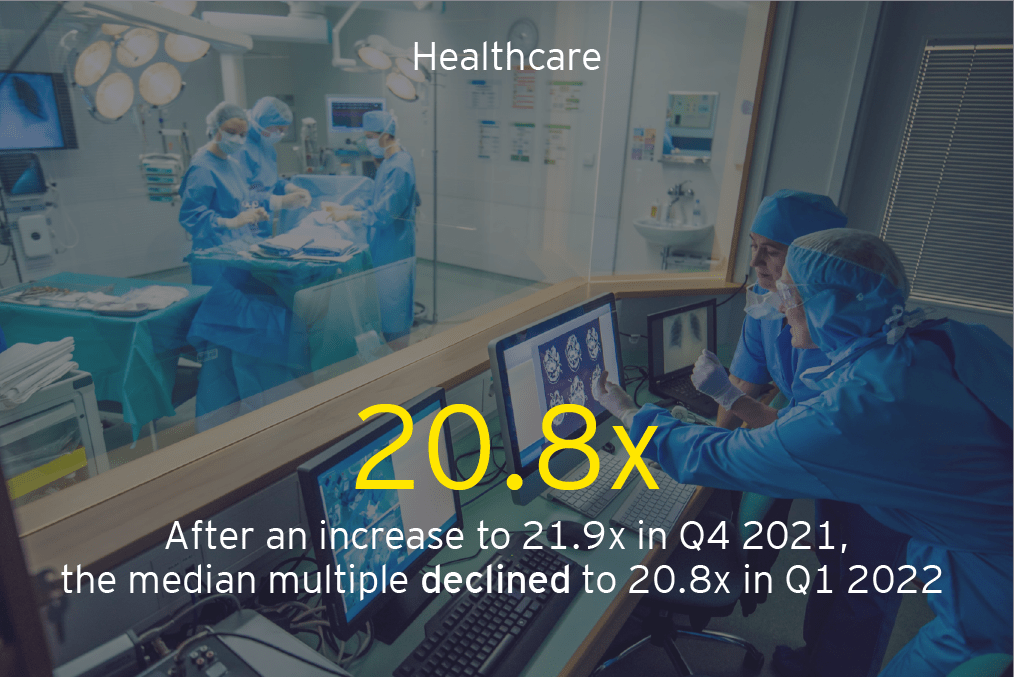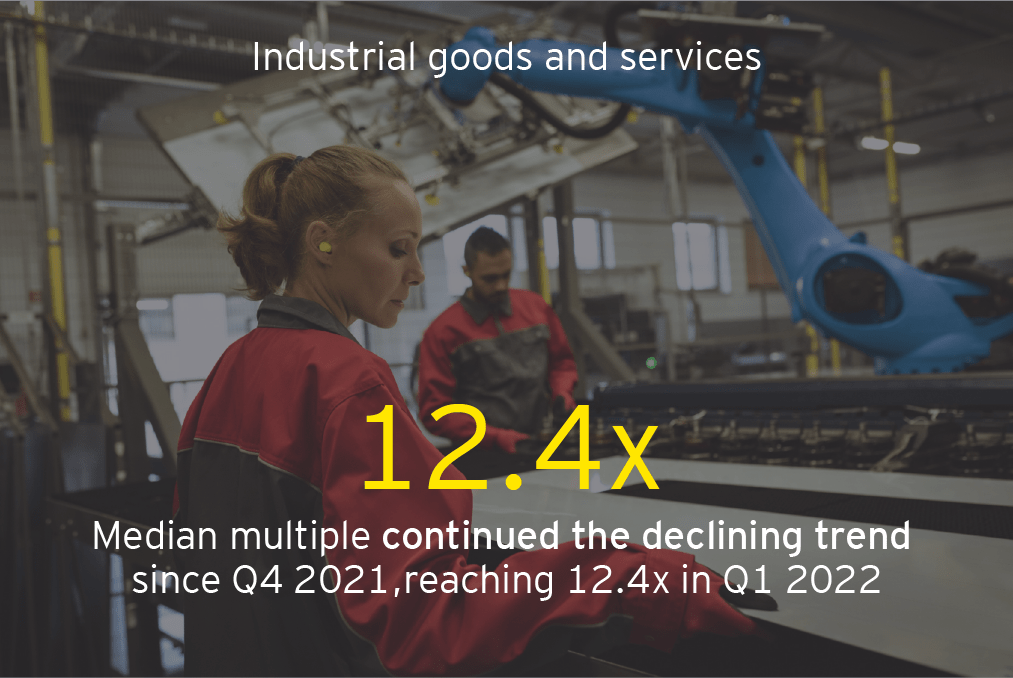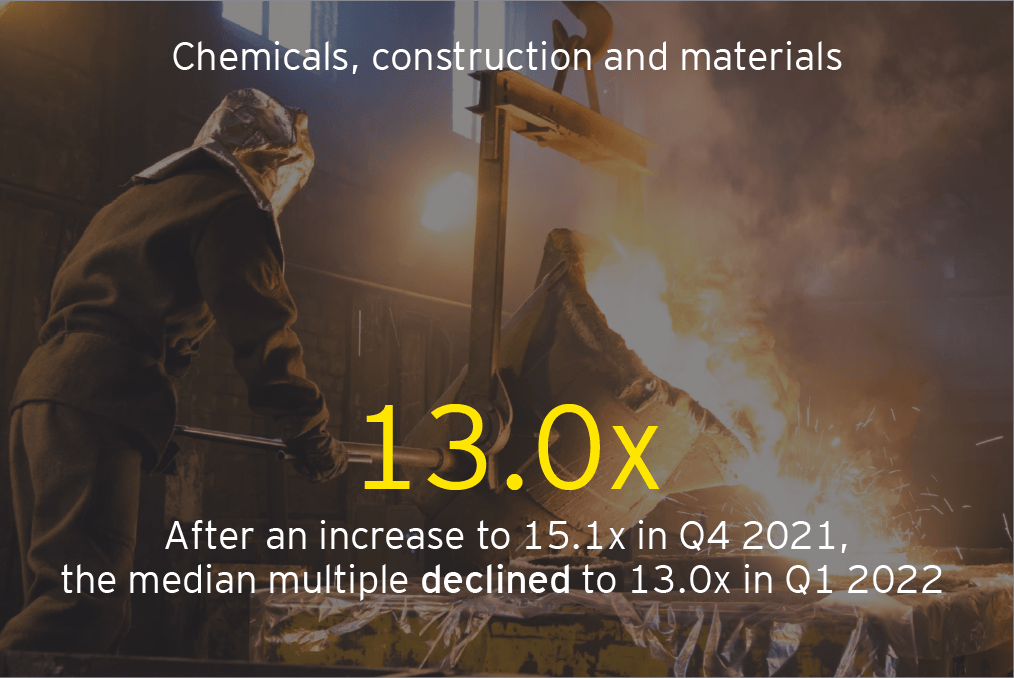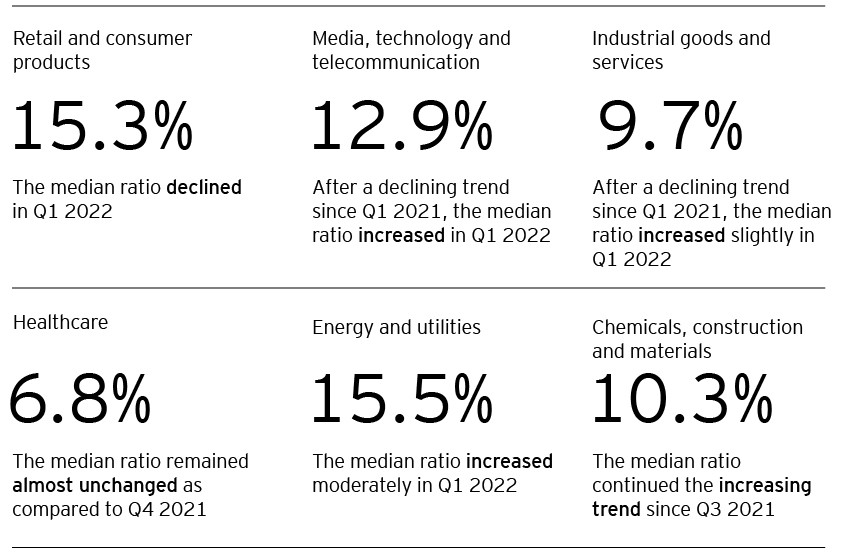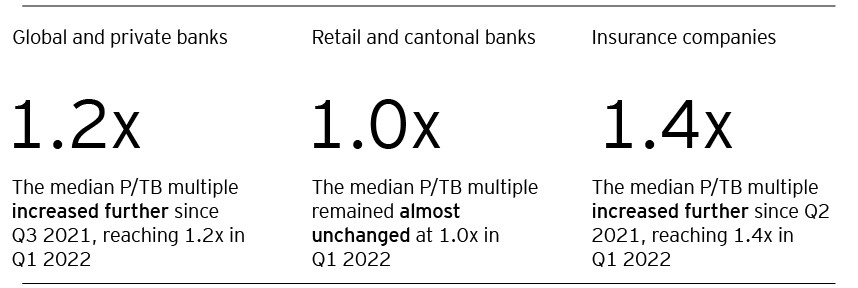Sector abbreviations:
R&CP – Retail and consumer products
E&U – Energy and utilities
IG&S – Industrial goods and services
MT&T – Media, technology and telecommunication
CC&M – Chemicals, construction and materials
Summary
Our Valuation, Modeling & Economics Team is here to support you with Valuations, Liquidity & Scenario Planning, Portfolio Analysis, as well as other services to help you navigate through your action plans!
Acknowledgements
We thank Elizaveta Leontyeva, Besa Alusi and Michael Keck for their valuable contributions to this article.

